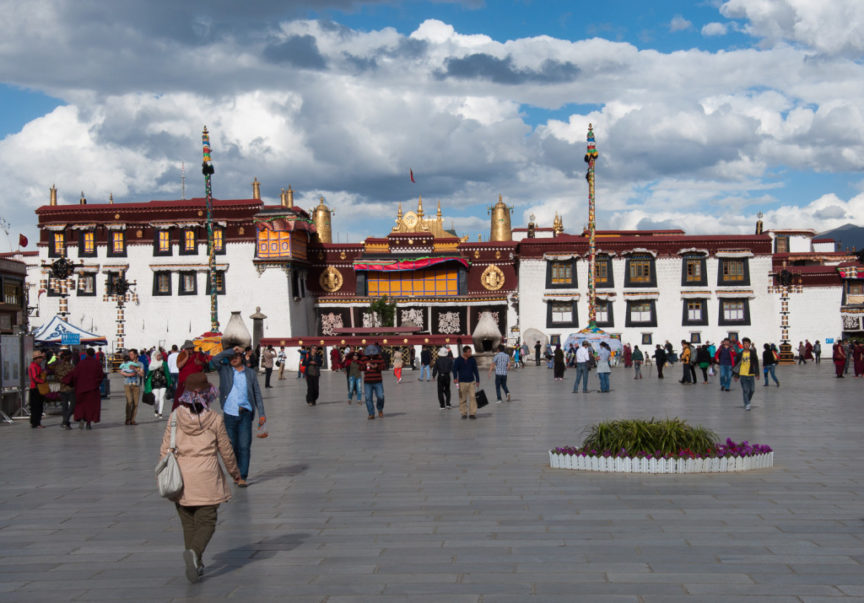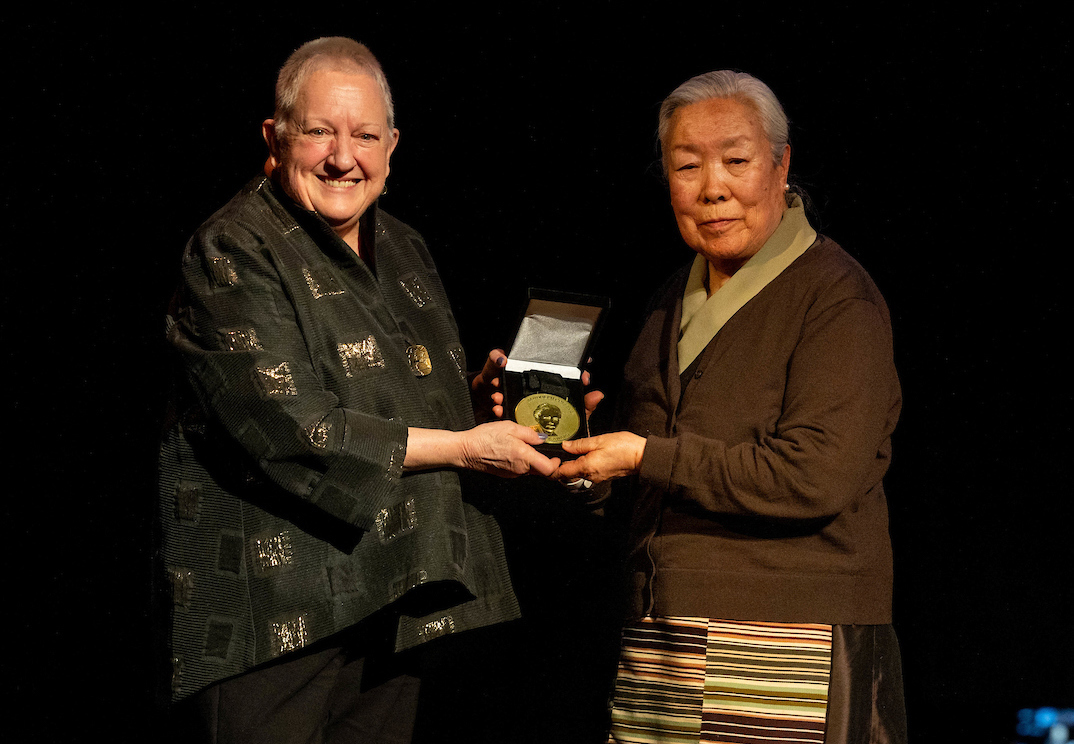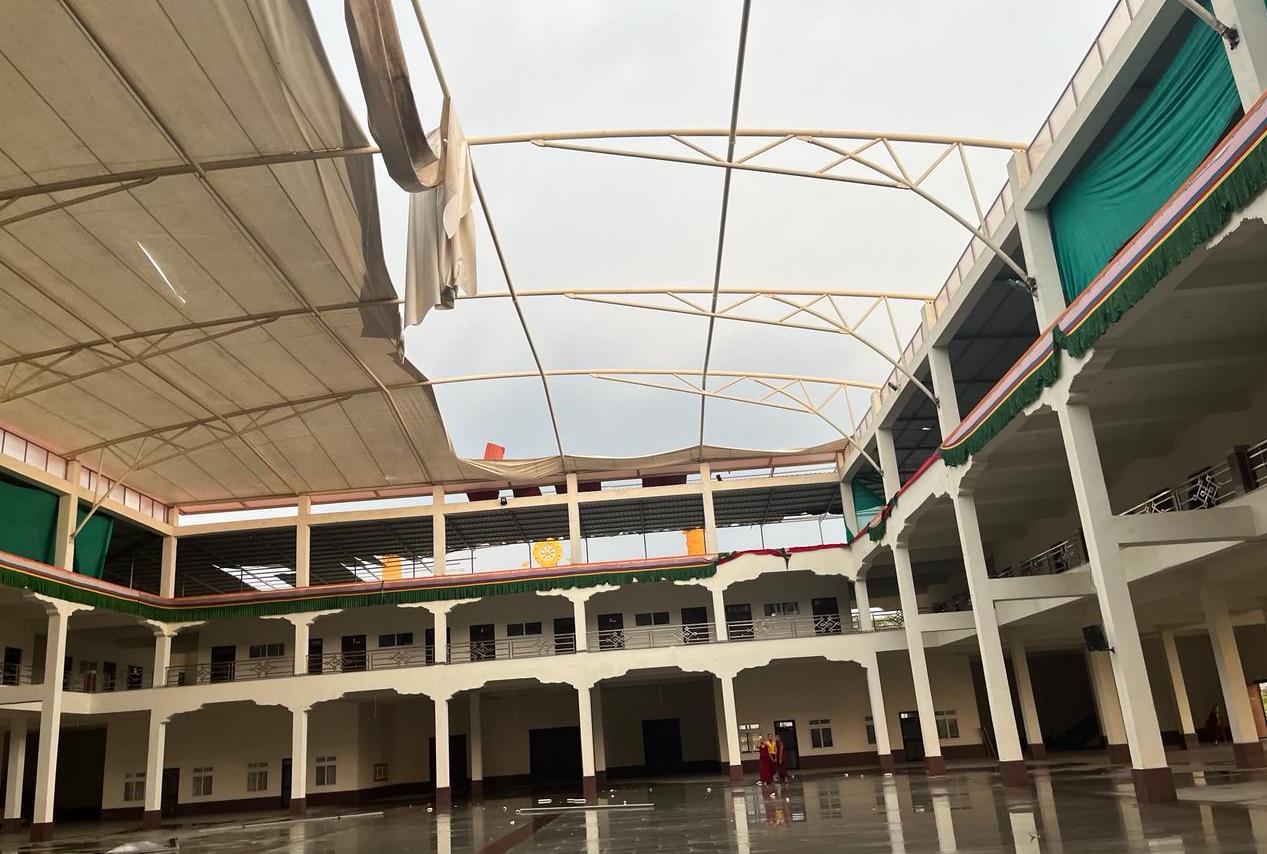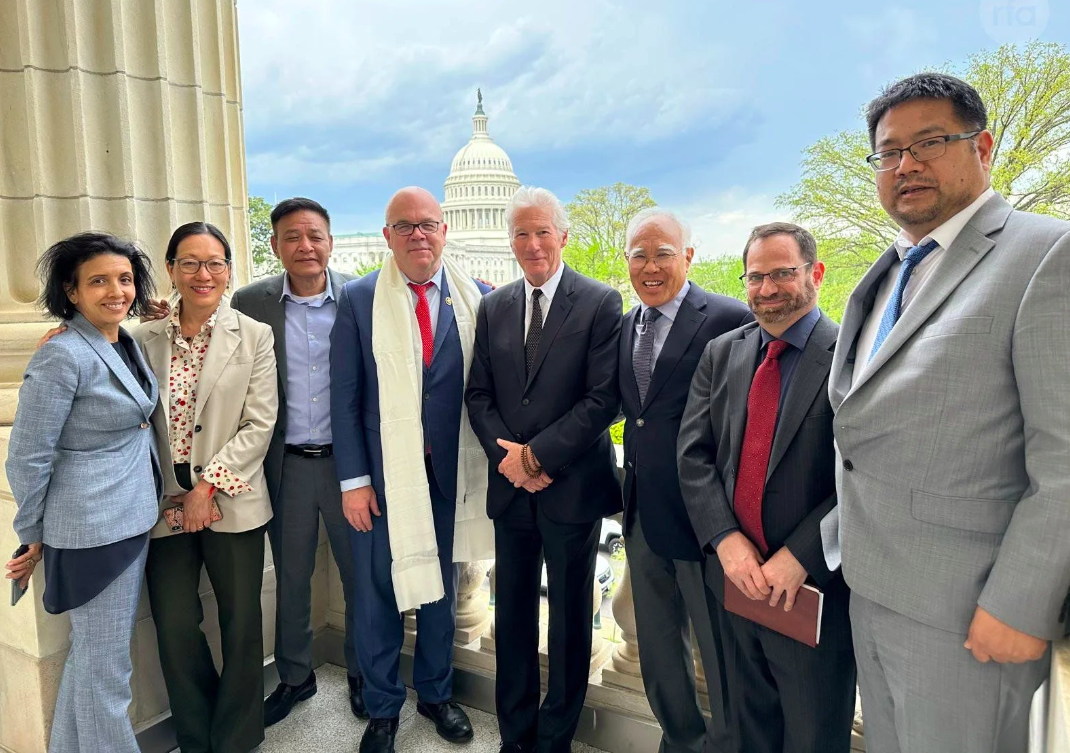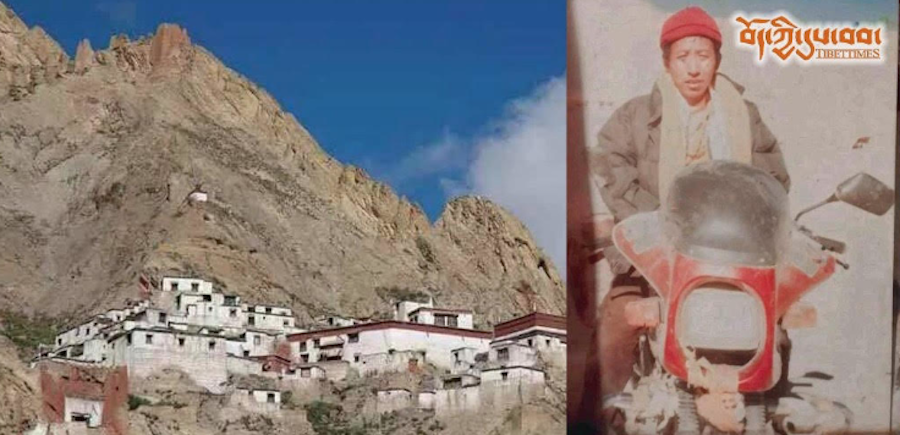(Part of the ‘My journey through the Tibetan mindscape’ series)
By Vijay Kranti
In today’s Tibet the happiest tourist is one who cannot distinguish between a Tibetan and a Chinese face. On my first visit to Tibet I was shocked to see hundreds of beggars. Not a single was a Chinese. But on my second visit in gap of three years I notice that most of the strategic points in Norbulingka, the Dalai Lama’s summer palace and Drepung, the largest monastery of old Tibet, were taken over by Chinese beggar gangs. At some places, especially during the Shoton festival in the Norbulingka they included Chinese students too. As a kind hearted tourist in Tibet, you enjoy giving alms touring the new ‘China’s Tibet’ as long as you cannot distinguish between a Tibetan and a Chinese.
I learnt this lesson twice. First time during my first visit to Lhasa and second time when two of the most enlightened Indians namely Mr. Vikram Sood, former head of Indian intelligence agency RAW and Mr. Mohan Guruswamy, head of an Indian think tank and a respected column writer, shared their experience with me about Tibet. They had just returned to New Delhi after their sponsored visit to Tibet under the guidance of a famous Indian Marxist capitalist journalist Mr. N. Ram (owner and Chief Editor of famous newspaper ‘The Hindu’) who happens to be the Chinese government’s blue eyed boy. Mr. Ram and has acted almost like a tourist guide on many occasions when Beijing government takes out Indian journalist to Tibet on sponsored tours.
When I phoned them for an appointment to share notes about Tibet, I was met with a near identical and a caustic comment, “Vijay, you should advise your Dalai Lama to visit Tibet once. He will realize how happy the Tibetans are and how China has developed Tibet into a modern region.” On my asking for some details both of them were gaga about ‘happy Tibetans’ in “wonderful houses, modern cars and malls”. When I confronted them with a polite question, “Sir, can you clearly distinguish between a Tibetan and a Chinese face? And are you really sure that all happy people you saw in wonderful cars, malls and houses were ‘Tibetans’ and not ‘Chinese’?” I must salute the magnanimity of both of them for their near identical answer, “Sorry Vijay. Let me think again.”
On my very first day in Lhasa I ran into a kind and friendly young Tibetan in his early twenties who started liking me just because I spoke ‘very best’ English and also because I was from “Gya-Kar” (White/Holy Land), a popular name for India. It is strange that even after 50 years of Chinese rule and ‘education’ Tibetans use “Gya-Nak” viz. ‘Black/Inauspicious Land’ for China. He was keen practice English with me and I wanted a communicating company.
But his company became a bit torturous within a few hours when he asked me to wait outside a mall and went in to buy films for my camera. As he did not return for a long wait I got worried that he might have been picked up by a prying agent of Public Security Bureau, modern China’s Gestapo in the occupied Tibet, for moving around with a foreigner. I heaved a big sigh of relief when he returned after a long wait. Now it was my term for a shock as well as the answer to my previous night puzzle when my bus entered Lhasa and the old Lhasa of my imagination of yak caravans and serpentine narrow streets turned out to be a glittering modern city buzzing with most modern brands of cars, highway like city roads and dazzling neon lights.
He told me that as he was busy buying the films at the photography counter, he heard something on the public address system and rushed to the manager’s counter. The manager and his staff were standing confused with a middle aged Tibetan woman who had come from a nearby town and wanted to buy some stuff. She didn’t speak Chinese. And none of the staff or shop owners in the mall understood Tibetan, the native language of their newly found home. They were desperately looking for someone who could interpret between her and the all-Chinese staff. The call of the public address system was an appeal for someone who knew Tibetan and could interpret for the lady.
It was then that I started realizing that except for the old Tibetan quarters of the city almost all wonderful buildings, offices, shops and those jazzy cars in Lhasa are owned or occupied by newly arrived Chinese settlers. Almost all sales staff and customers in these stores and even taxi drivers in the city are Han Chinese — almost invariably. So here I was in the real Tibet – where a Tibetan is a stranger in her own homeland and the gullible tourists go back singing for the Chinese government for developing Tibet and making Tibetans ‘happy’.
(Views expressed are his own)
The author is a veteran Indian journalist and a life-long friend of Tibet.


